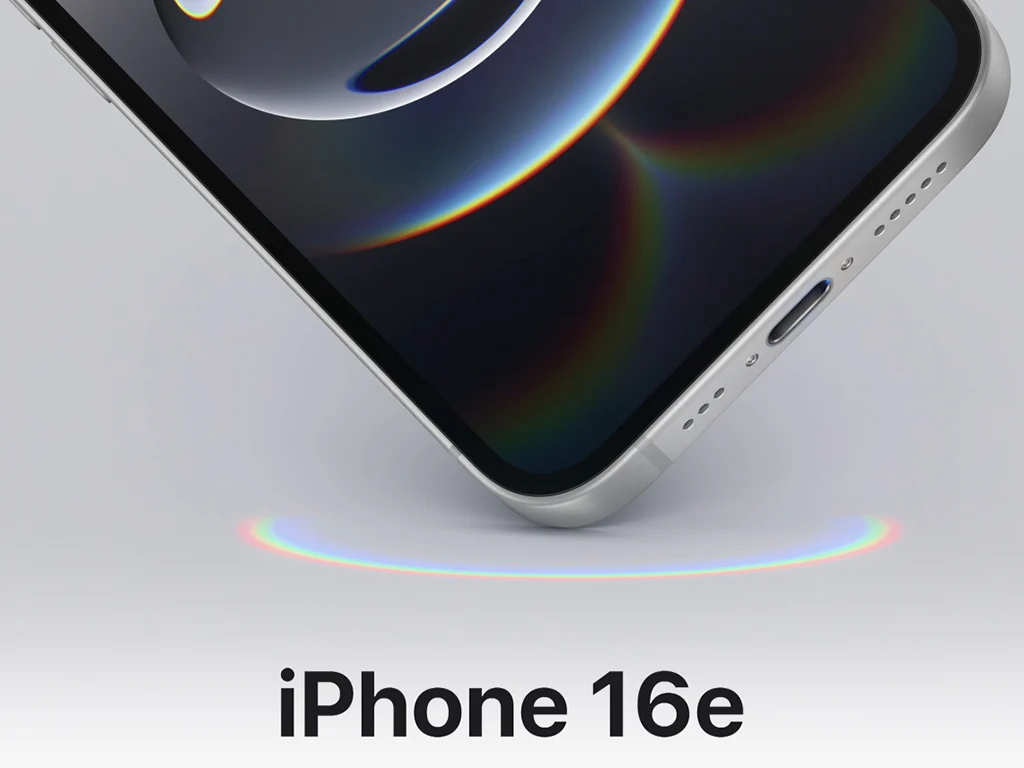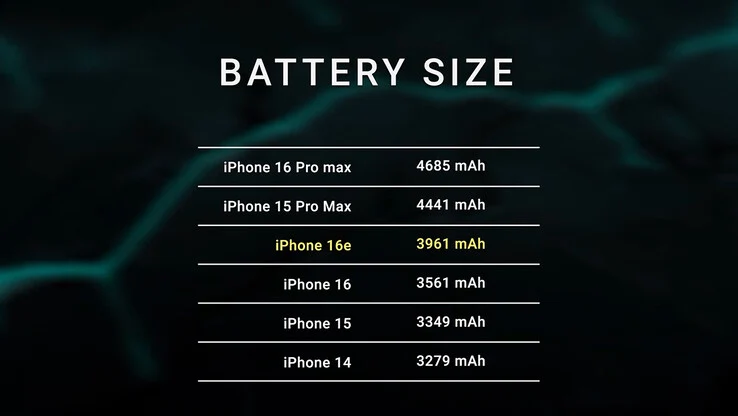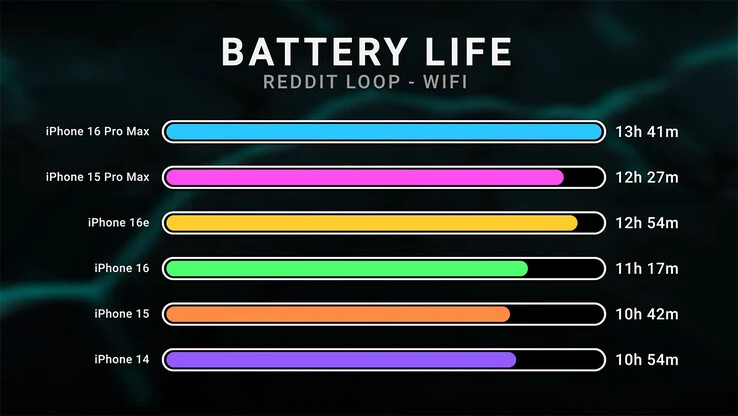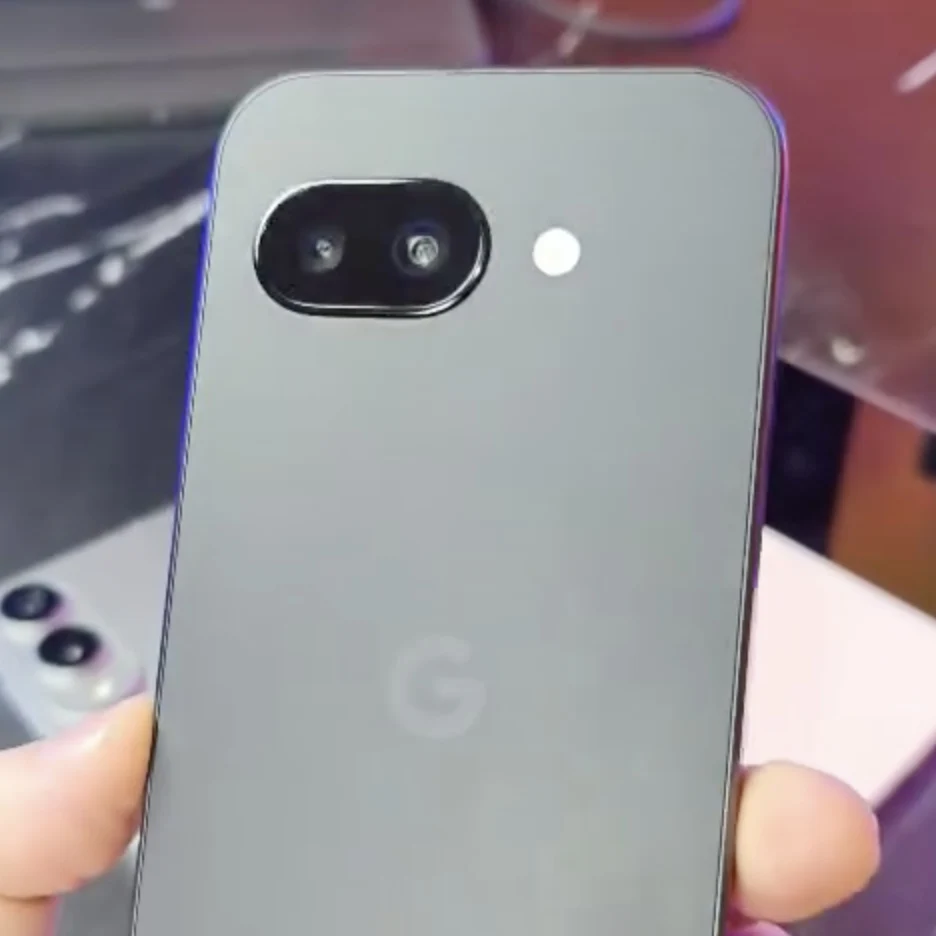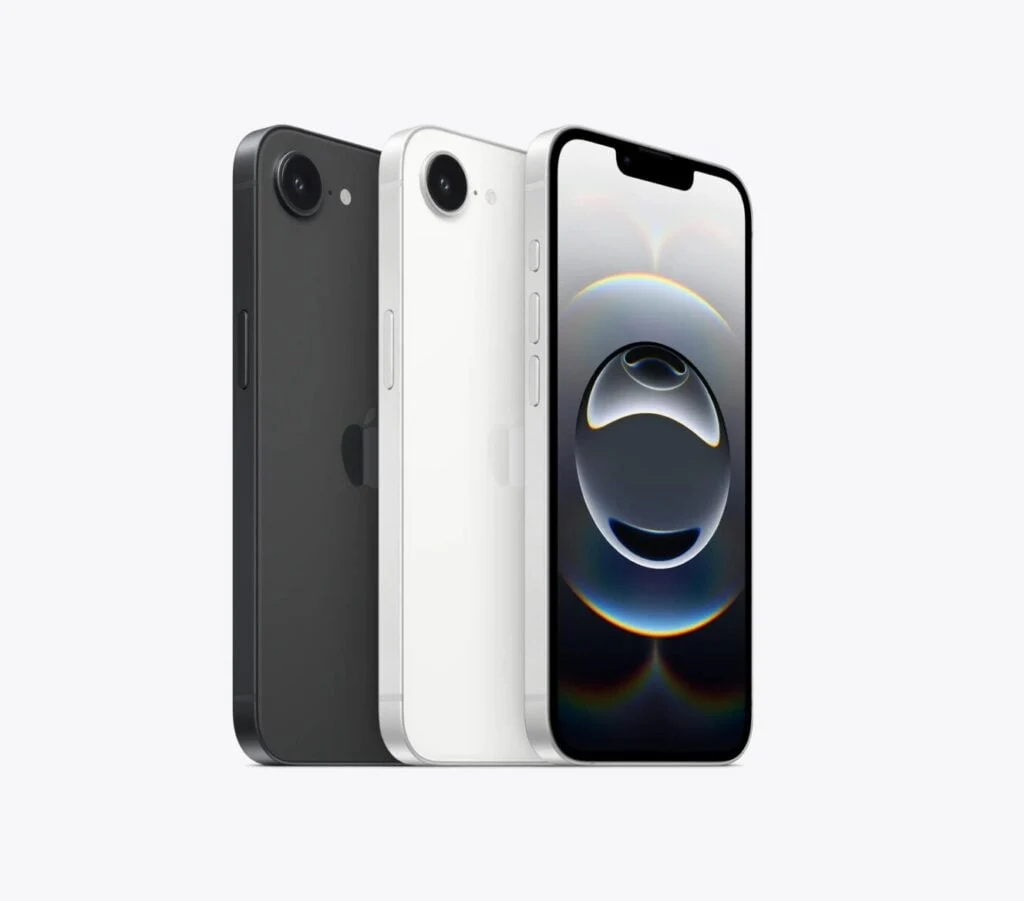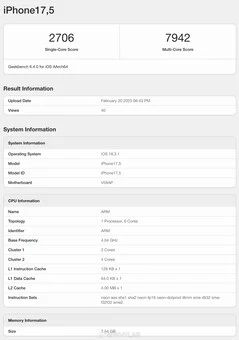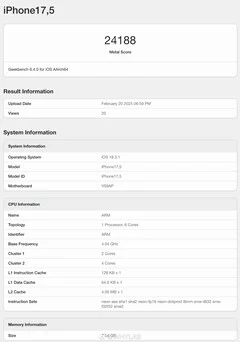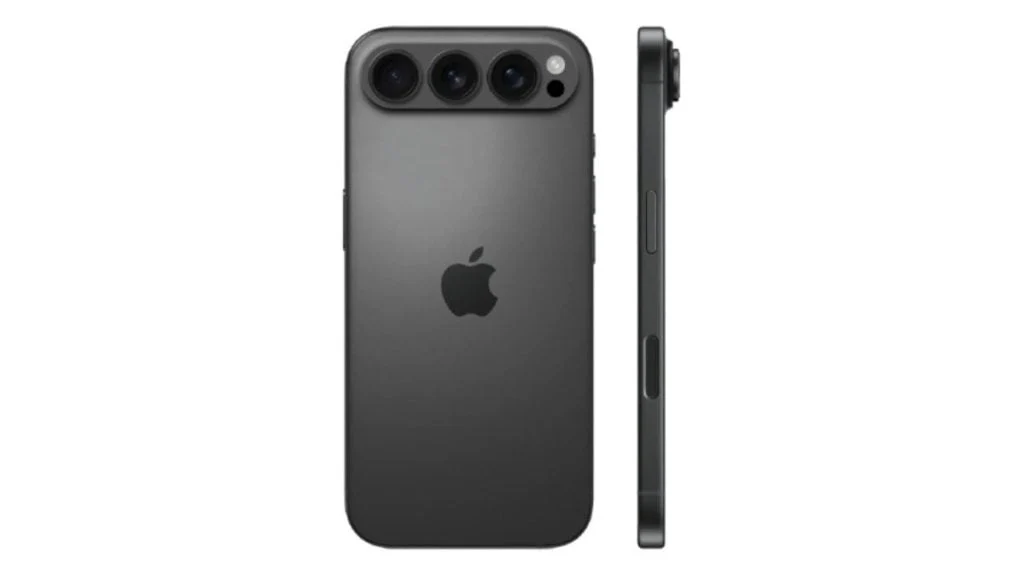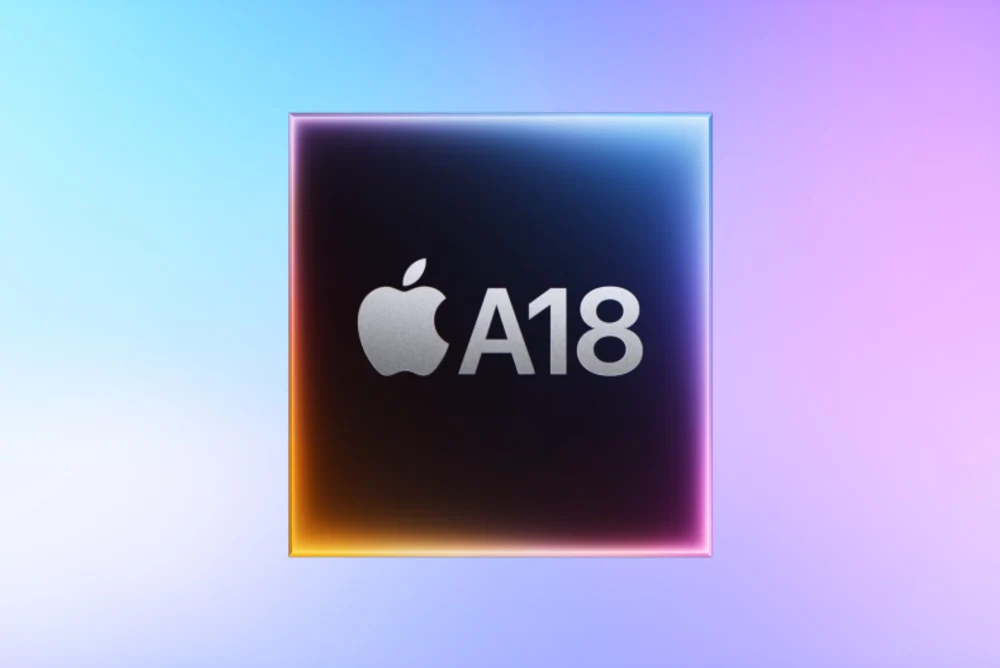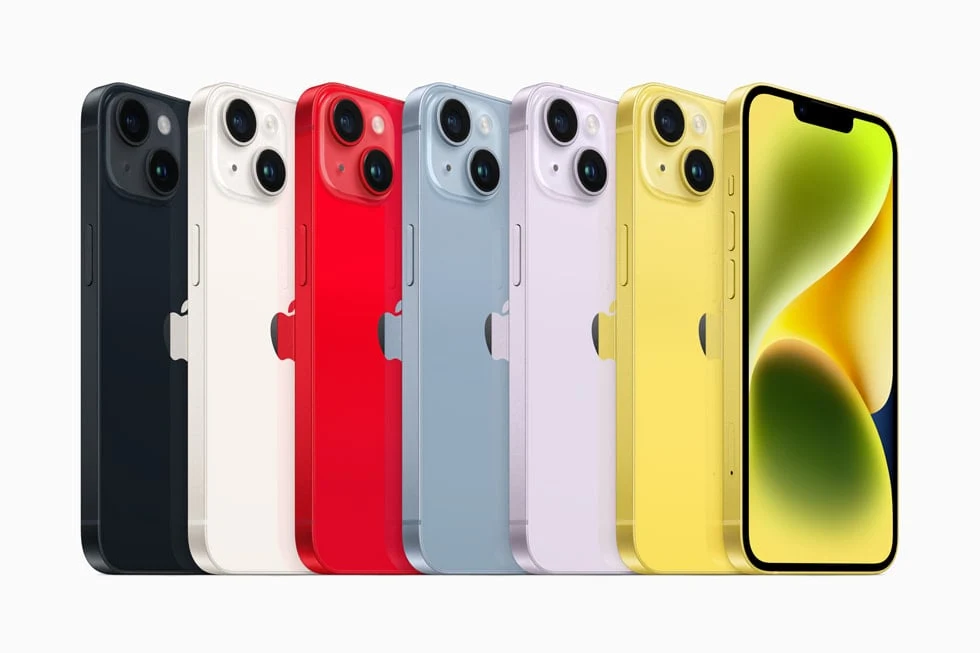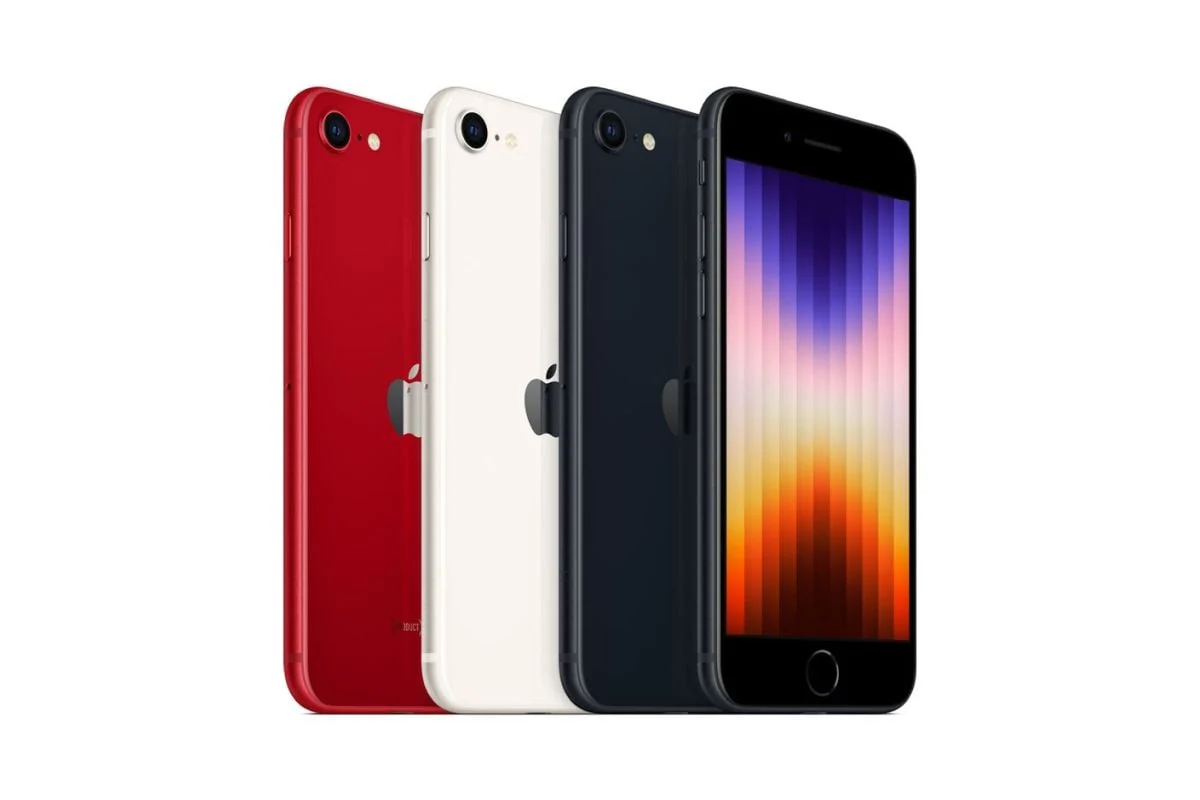Key Takeaways
1. The iPhone 16e is the new budget-friendly model in the iPhone 16 lineup, succeeding the iPhone SE series.
2. Apple plans to release “budget-friendly iPhones” more frequently, with the iPhone 17e expected about six months after the iPhone 17 series.
3. The iPhone 16e aims to replicate the success of the iPhone 5c by offering a contemporary design and features from pricier models while cutting some components.
4. The iPhone SE’s low popularity, making up only 5% of iPhone sales in 2024, prompted Apple’s shift in strategy.
5. Analysts believe the iPhone 16e’s pricing and design could attract more consumers to the iPhone ecosystem compared to the iPhone SE.
The Apple iPhone 16e is the new model that follows the third-generation iPhone SE and is the least expensive option in the iPhone 16 lineup. After the initial three generations of the iPhone SE, released in 2016, 2020, and 2022, Apple plans to introduce new “budget-friendly iPhones” more frequently in the future.
Future Launches
Analysts from CIRP believe that the iPhone 17e will be introduced in about a year, which is approximately six months after the iPhone 17 series is released. This strategy appears to mirror that of Google, where the lower-cost Pixel A models typically come out shortly after the pricier versions in each series. This change in approach is reportedly due to the iPhone SE’s underwhelming popularity, which made up only about 5% of iPhone sales in 2024.
Design and Features
With the iPhone 16e, Apple might aim to achieve the same success as the iPhone 5c from 2013. The iPhone 16e features a contemporary design and incorporates many attributes of its more expensive counterparts. However, it does cut back on certain components like MagSafe and the ultra-wide-angle camera, which helps validate the higher price of the iPhone 16. According to the CIRP analysts, the iPhone 16e presents a more appealing entry point into the iPhone ecosystem compared to the iPhone SE, which could result in better sales.
Conclusion
CIRP’s insights suggest a promising future for the iPhone 16e, indicating that Apple’s new pricing strategy and design choices may resonate well with consumers looking for a more affordable yet modern smartphone option.
Source:
Link


